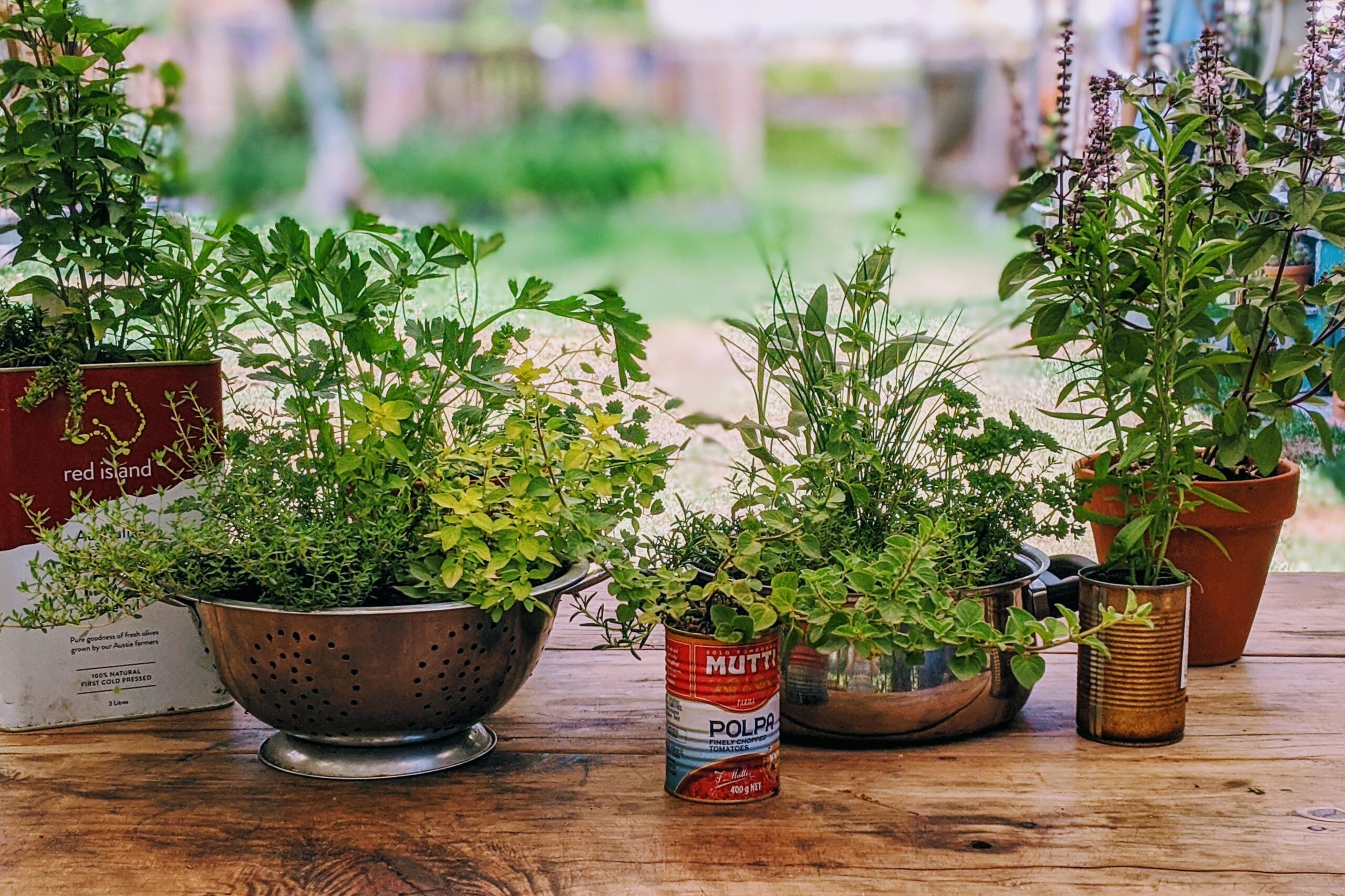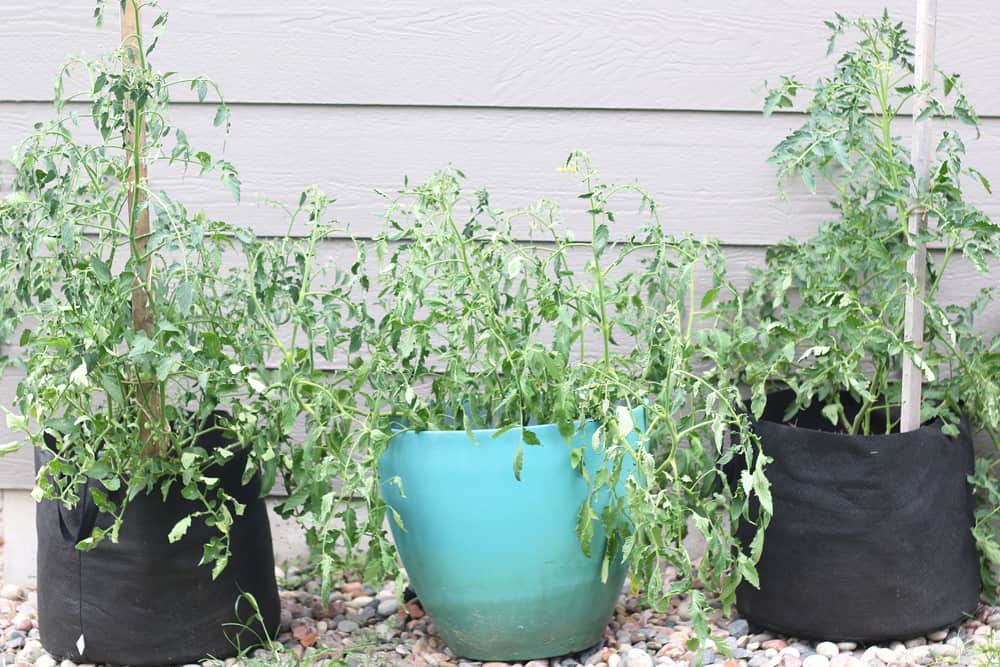Unveiling Nature’s Curtain: A Comprehensive Guide to Perennial Shrub Planting for Privacy
In the quest for creating a serene and secluded outdoor haven, the strategic planting of perennial shrubs stands out as a timeless and ecologically sound solution. More than just aesthetic additions, these living barriers offer a natural and sustainable approach to enhancing privacy, reducing noise pollution, and even boosting property value. This comprehensive guide delves into the art and science of selecting, planting, and maintaining perennial shrubs to craft the perfect privacy screen tailored to your specific needs and environmental conditions.
Why Choose Perennial Shrubs for Privacy?
Before diving into the specifics, it’s crucial to understand why perennial shrubs are an exceptional choice for creating privacy. Unlike annuals that require replanting each year, perennials offer a long-term solution, returning year after year with minimal effort. Their established root systems contribute to soil stability, preventing erosion and promoting a healthy ecosystem. Furthermore, shrubs provide habitat and food for local wildlife, fostering biodiversity in your backyard. Let’s explore the multitude of benefits they offer:
- Year-Round Privacy: Evergreen varieties provide consistent screening throughout the year, while deciduous shrubs offer seasonal beauty and privacy during warmer months.
- Natural Aesthetics: Shrubs blend seamlessly with the landscape, offering a more organic and visually appealing alternative to fences or walls.
- Noise Reduction: Dense shrubbery can effectively dampen noise from traffic, neighbors, and other external sources.
- Windbreak: Strategically planted shrubs can act as a windbreak, protecting your property from harsh winds and reducing energy costs.
- Property Value: A well-landscaped property with mature shrubs is often more appealing to potential buyers, increasing its overall value.
- Environmental Benefits: Shrubs absorb carbon dioxide, release oxygen, and provide habitat for birds, insects, and other wildlife.
Factors to Consider Before Planting
Successful perennial shrub planting requires careful planning and consideration of several key factors. Rushing into the process without proper preparation can lead to disappointment and wasted resources. Here’s what you need to think about:
1. Climate and Hardiness Zones
Understanding your local climate and hardiness zone is paramount. The USDA Plant Hardiness Zone Map divides North America into zones based on average minimum winter temperatures. Selecting shrubs that are well-suited to your zone ensures their survival and long-term health. Consult your local extension office or a reputable nursery for guidance on choosing appropriate species.
2. Soil Type and Drainage
Different shrubs have different soil preferences. Some thrive in well-drained, sandy soil, while others prefer heavier clay soil. Conduct a soil test to determine its pH level, nutrient content, and drainage capabilities. Amend the soil as needed with compost, peat moss, or other organic matter to create an optimal growing environment.
3. Sunlight Exposure
Assess the amount of sunlight your planting area receives throughout the day. Some shrubs require full sun (at least six hours of direct sunlight per day), while others prefer partial shade or full shade. Choosing shrubs that are adapted to the available sunlight will maximize their growth and flowering potential.
4. Mature Size and Growth Rate
Consider the mature size and growth rate of the shrubs you select. Avoid planting shrubs that will outgrow their space or require excessive pruning. Fast-growing shrubs will provide quicker privacy, but may require more maintenance. Slow-growing shrubs may take longer to establish, but often require less pruning and offer a more refined appearance.
5. Desired Privacy Level
Determine the level of privacy you desire. For complete privacy, choose dense, evergreen shrubs that grow close together. For a more open and natural look, opt for deciduous shrubs with a looser growth habit. Consider the height and width of the shrubs at maturity to ensure they provide adequate screening.
6. Maintenance Requirements
Evaluate your willingness to commit to ongoing maintenance. Some shrubs require regular pruning, fertilization, and watering, while others are relatively low-maintenance. Choose shrubs that align with your lifestyle and available time.
7. Aesthetic Preferences
Select shrubs that complement your existing landscape and architectural style. Consider factors such as foliage color, texture, flower color, and overall form. Choose shrubs that bring you joy and enhance the beauty of your outdoor space.
Top Perennial Shrub Choices for Privacy
With a plethora of options available, selecting the right perennial shrubs for privacy can feel overwhelming. Here’s a curated list of popular and reliable choices, categorized by their characteristics and suitability for different climates and preferences:
Evergreen Shrubs (Year-Round Privacy)
- Arborvitae (Thuja spp.): A classic choice for privacy screens, arborvitae are fast-growing, evergreen conifers that come in a variety of shapes and sizes. ‘Green Giant’ is a popular cultivar known for its rapid growth and dense foliage. They thrive in full sun to partial shade and prefer well-drained soil.
- Boxwood (Buxus spp.): Boxwoods are dense, slow-growing shrubs that are ideal for formal hedges and topiaries. They are highly adaptable and can be pruned into various shapes. ‘Green Velvet’ and ‘Winter Gem’ are popular cultivars. Boxwoods prefer partial shade and well-drained soil.
- Holly (Ilex spp.): Hollies are evergreen shrubs or trees with glossy, spiny leaves and bright red berries (on female plants). They offer excellent privacy and attract birds. ‘Nellie R. Stevens’ and ‘Blue Princess’ are popular cultivars. Hollies prefer full sun to partial shade and well-drained, acidic soil.
- Laurel (Prunus laurocerasus): Laurels are fast-growing, evergreen shrubs with large, glossy leaves. They provide dense privacy and are relatively low-maintenance. ‘Otto Luyken’ and ‘Schipkaensis’ are popular cultivars. Laurels prefer full sun to partial shade and well-drained soil.
- Yew (Taxus spp.): Yews are evergreen shrubs or trees with dark green, needle-like foliage. They are highly adaptable and can be pruned into various shapes. ‘Hicksii’ and ‘Densiformis’ are popular cultivars. Yews prefer partial shade and well-drained soil.
- Juniper (Juniperus spp.): Junipers are evergreen conifers that come in a wide variety of shapes and sizes, from low-growing groundcovers to tall, columnar shrubs. They are drought-tolerant and relatively low-maintenance. ‘Blue Star’ and ‘Skyrocket’ are popular cultivars. Junipers prefer full sun and well-drained soil.
Deciduous Shrubs (Seasonal Privacy)
- Lilac (Syringa vulgaris): Lilacs are deciduous shrubs known for their fragrant, colorful flowers in spring. They provide privacy during the growing season and attract butterflies. Lilacs prefer full sun and well-drained soil.
- Forsythia (Forsythia spp.): Forsythias are deciduous shrubs that burst into bright yellow flowers in early spring. They provide privacy during the growing season and are relatively low-maintenance. Forsythias prefer full sun and well-drained soil.
- Hydrangea (Hydrangea spp.): Hydrangeas are deciduous shrubs known for their large, showy flower heads. They provide privacy during the growing season and come in a variety of colors. Hydrangeas prefer partial shade and well-drained, acidic soil.
- Viburnum (Viburnum spp.): Viburnums are deciduous or evergreen shrubs with attractive foliage, flowers, and berries. They provide privacy and attract birds. Viburnums prefer full sun to partial shade and well-drained soil.
- Burning Bush (Euonymus alatus): Burning Bushes are deciduous shrubs known for their brilliant red foliage in the fall. They provide seasonal privacy and add vibrant color to the landscape. Burning Bushes prefer full sun to partial shade and well-drained soil. (Note: Burning Bush is considered invasive in some areas, so check local regulations before planting.)
- Rose of Sharon (Hibiscus syriacus): Rose of Sharon is a deciduous shrub that blooms in late summer with large, showy flowers. It provides privacy and attracts hummingbirds. Rose of Sharon prefers full sun and well-drained soil.
Shrubs for Specific Conditions
- For Shade: Rhododendrons, Azaleas, Camellias
- For Drought Tolerance: Lavender, Russian Sage, Butterfly Bush
- For Coastal Areas: Salt Spray Rose, Bayberry, Sea Buckthorn
- For Hedges: Privet, Hornbeam, Beech
Planting Your Perennial Shrubs: A Step-by-Step Guide
Once you’ve selected the perfect shrubs for your privacy screen, it’s time to get planting. Follow these steps for optimal results:
1. Prepare the Planting Site
Clear the area of weeds, grass, and debris. Dig holes that are twice as wide and as deep as the root ball of each shrub. Space the holes according to the mature width of the shrubs, allowing for adequate air circulation and growth.
2. Amend the Soil
Mix compost, peat moss, or other organic matter into the soil removed from the holes. This will improve drainage, aeration, and nutrient content.
3. Remove the Shrub from its Container
Gently remove the shrub from its container, being careful not to damage the roots. If the roots are tightly bound, loosen them gently with your fingers or a small tool.
4. Place the Shrub in the Hole
Position the shrub in the hole so that the top of the root ball is level with the surrounding soil. Backfill the hole with the amended soil, tamping it down gently to remove air pockets.
5. Water Thoroughly
Water the newly planted shrubs thoroughly to settle the soil and hydrate the roots. Apply a layer of mulch around the base of the shrubs to help retain moisture, suppress weeds, and regulate soil temperature.
6. Fertilize (Optional)
If desired, apply a slow-release fertilizer specifically formulated for shrubs. Follow the instructions on the fertilizer label carefully.
Maintaining Your Privacy Screen: Tips for Long-Term Success
Proper maintenance is essential for ensuring the long-term health and beauty of your perennial shrub privacy screen. Here are some key tips:
1. Watering
Water regularly, especially during dry periods. Newly planted shrubs require more frequent watering than established shrubs. Check the soil moisture regularly and water when the top inch or two feels dry.
2. Fertilizing
Fertilize shrubs annually in early spring with a balanced fertilizer. Avoid over-fertilizing, as this can lead to excessive growth and weak stems.
3. Pruning
Prune shrubs regularly to maintain their shape, size, and density. Remove dead, damaged, or diseased branches. Prune flowering shrubs after they bloom to avoid removing flower buds. Use sharp, clean pruning tools to prevent the spread of disease.
4. Mulching
Maintain a layer of mulch around the base of the shrubs to help retain moisture, suppress weeds, and regulate soil temperature. Replenish the mulch as needed.
5. Pest and Disease Control
Monitor shrubs regularly for signs of pests or diseases. Treat infestations or infections promptly with appropriate insecticides or fungicides. Choose disease-resistant cultivars whenever possible.
6. Winter Protection
Protect shrubs from harsh winter weather by wrapping them in burlap or applying an anti-desiccant spray. This is especially important for evergreen shrubs in cold climates.
Creative Privacy Screen Designs
Beyond simply planting a row of shrubs, there are numerous creative ways to design a privacy screen that enhances your landscape and reflects your personal style. Consider these ideas:
- Mixed Shrub Borders: Combine different types of shrubs with varying heights, textures, and colors to create a dynamic and visually appealing border.
- Espalier: Train shrubs to grow flat against a wall or fence to create a formal and space-saving privacy screen.
- Living Walls: Create a vertical garden using a system of modular planters filled with shrubs and other plants.
- Hedges with Openings: Create a hedge with strategically placed openings to frame views or create pathways.
- Shrubs Interspersed with Hardscape: Combine shrubs with fences, walls, or trellises to create a layered and textured privacy screen.
Addressing Common Challenges
Even with careful planning and maintenance, you may encounter challenges when planting perennial shrubs for privacy. Here are some common issues and how to address them:
- Slow Growth: Ensure shrubs are receiving adequate sunlight, water, and nutrients. Conduct a soil test to identify any deficiencies.
- Sparse Foliage: Prune shrubs to encourage denser growth. Consider fertilizing with a nitrogen-rich fertilizer.
- Pest Infestations: Identify the pest and treat with an appropriate insecticide. Encourage beneficial insects by planting flowering plants.
- Disease Problems: Identify the disease and treat with an appropriate fungicide. Improve air circulation by pruning shrubs.
- Winter Damage: Protect shrubs from harsh winter weather by wrapping them in burlap or applying an anti-desiccant spray.
The Long-Term Investment
Planting perennial shrubs for privacy is a long-term investment in your property and well-being. With proper planning, selection, and maintenance, you can create a beautiful and functional privacy screen that enhances your outdoor space for years to come. Enjoy the benefits of increased privacy, reduced noise pollution, and a more tranquil and inviting backyard oasis.
In conclusion, transforming your yard into a private sanctuary with perennial shrubs is an achievable and rewarding endeavor. By carefully considering the factors outlined in this guide, selecting the right shrubs for your specific needs, and committing to ongoing maintenance, you can create a living privacy screen that not only enhances your property but also contributes to a healthier and more sustainable environment. Embrace the beauty and functionality of perennial shrubs, and enjoy the tranquility and seclusion they bring to your outdoor living space. Let nature’s curtain gracefully unfold around you, creating a haven of peace and privacy in your own backyard.



